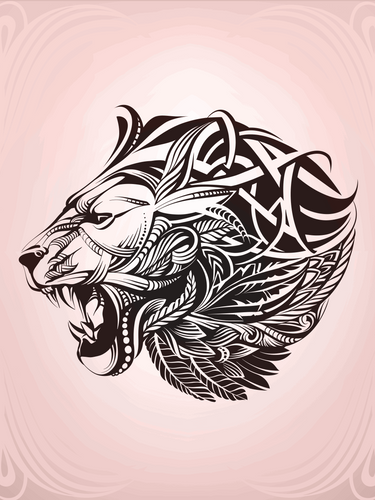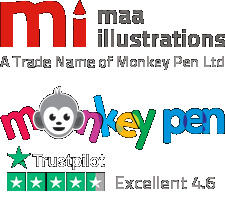The specialist field of medical illustration unites the fields of medicine and art, providing distinctive visual solutions for research, teaching, healthcare, and communication. These images have many uses in the fields of education, research, and healthcare. In this article, we examine the many advantages of medical illustration and discuss how it advances knowledge, patient care, and science.
Simplifying Complicated Ideas
Simplifying complex medical and anatomical concepts is an area in which medical illustration shines. The human body is a wonder of complexity, and it can be intimidating to try to describe its inner workings only through words. Whether they are 2D or 3D, medical drawings simplify intricate systems and procedures into easily understood parts. This simplification helps medical professionals and students understand complex concepts.
Improved Instruction for Patients
Patient education is one of the most important uses of medical illustration. Patients may acquire overwhelming amounts of sophisticated medical information. Patients are better able to comprehend their problems, available treatments, and surgical procedures when they have access to visual aids such anatomical diagrams and pictures of medical operations. Patients are then better able to participate actively in their own care and make educated decisions regarding their medical treatment.
Accuracy in Documentation
A vital component of medical illustration is medical photography, which offers an unbiased and thorough way to record medical issues, procedures, and therapies. Images from radiography and photographs are crucial for diagnosis and recordkeeping. They are an invaluable resource for researchers and medical practitioners, assisting with precise diagnosis, treatment planning, and scientific study.
Advancements in Medical Education
Anatomical structures and medical procedures are primarily taught visually in medical school. The foundation of medical textbooks, atlases, and instructional materials is comprised of medical illustrations. They help medical professionals and students understand the complexities of the human body and are an invaluable resource. Furthermore, the use of interactive digital platforms and 3D modelling has transformed medical education by providing students with an immersive learning experience.
Facilitation of Surgical Planning
Medical illustrations are frequently used by surgeons to plan complex treatments. These illustrations give surgeons a thorough surgical plan, assisting them in foreseeing and resolving any obstacles. The effectiveness of procedures and the results for patients are influenced by this preoperative planning. Furthermore, doctors can practice and perfect their techniques in complex surgeries with the use of virtual reality simulations and 3D models.
Visual Memory
Information that is visually presented is frequently retained by people better than textual information. Medical images embrace the ability of visual memory to enhance the memorability and impact of the information they represent. When the aim is to promote behavioural changes and enhance health outcomes, this is especially helpful in patient education and public health initiatives.
In conclusion, there are numerous and significant advantages to medical illustration. Medical illustration plays a crucial role in the modern healthcare environment, aiding research, diagnosis, and patient communication in addition to improving medical education and patient understanding. Its capacity to convert complex medical information into understandable and captivating pictures has a long-lasting and advantageous effect on the healthcare system.






